By Emily Dings
Terms like inclusivity and diversity are often bandied about in today’s media and marketplace, bringing what used to be a fringe focus into the mainstream. Although this may show a heightened awareness of people living with disabilities, the commitment behind such buzzwords can be disappointingly slim.
Some businesses have taken real steps toward developing products and campaigns that are inclusive of a wide range of disabilities, but for others, claims of inclusivity and diversity amount to little more than lip service. The Valuable 500, a global movement to increase inclusivity in business, has a word for these companies: diversish.
For The Valuable 500, diversity doesn’t exist if it doesn’t incorporate disability. In a Daily Show-worthy video posted on its home page (www.thevaluable500.com), the organization shows how some businesses engage in inclusivity doublespeak without taking real steps toward recruiting and accommodating individuals with disabilities.
The campaign, which launched at the January 2019 World Economic Forum Annual Summit in Davos, Switzerland, aims to recruit 500 companies that will commit to disability inclusion by next year’s summit. As Director of Strategy and Communications Richard Poston explains, companies that sign on must agree to “putting disability on the board agenda in 2019, making a firm commitment to action in this space, and communicating this widely to the internal employees and outside world.”
Poston notes that inclusivity not only enfranchises individuals with disabilities but also makes good business sense. “The world’s disabled people,” he says, “combined with their friends, families, and communities, hold a disposable annual income of $8 trillion a year.” Still, according to the organization’s video, while “90 percent of companies claim to prioritize diversity, only 4 percent prioritize disability.”
The founders of two organizations, Models of Diversity (www.modelsofdiversity.org) and the Runway of Dreams Foundation (www.runwayofdreams.org), have taken giant leaps toward disability inclusion—across the catwalk. Both leaders recognized that in the highly visible industry of modeling, the typical model represented only a tiny fraction of the population. This had to change.
Model Angel Sinclair was inspired to start Models of Diversity (MoD) after appearing on Miss Naked Beauty, a 2008 UK-based reality television show in which models competed to become the face of a natural beauty campaign. Sinclair was energized by the environment, which nurtured a diverse array of unconventional models. Since then, she has developed a thriving agency featuring models of various races, shapes, ages, sizes, and abilities. MoD brought the first amputee models to New York Fashion Week and counts among its ambassadors Melissa Johns, a well-known UK soap star who is also an amputee. The organization even runs workshops specifically for models with disabilities.
“It is fantastic for us to see that the public’s attitude towards disability and diversity is slowly changing,” Sinclair says. “People want to see a greater representation of society as a whole, and the media needs to respond to this.”
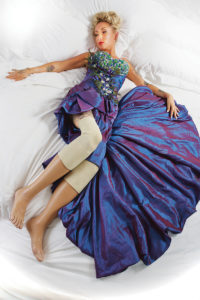
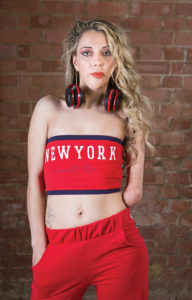
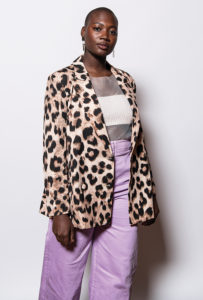
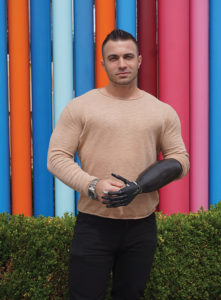
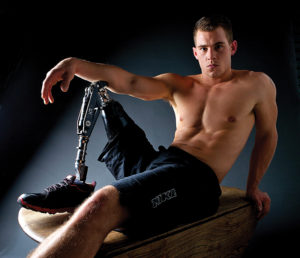
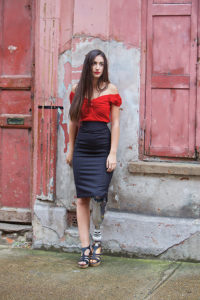
Runway of Dreams founder Mindy Scheier, a fashion designer and mother of three, drew inspiration from her middle son, Oliver, who was born with a rare form of muscular dystrophy. Upon returning home from first grade one afternoon, Oliver told his mom that rather than wearing sweatpants to school—which he had done daily because they were easy for him to put on and take off—he wanted to wear jeans like his classmates. He no longer wanted to “dress disabled.”
That night, Scheier ripped up a pair of boy’s jeans. She replaced the zipper with Velcro and opened up the bottom of the leg holes so they would go around Oliver’s brace. Oliver was overjoyed upon seeing his mom’s creation, a reaction that launched Scheier into a yearlong journey of learning how to adapt clothes for people with a wide range of disabilities.
Consulting with people with disabilities, hospitals, and physical and occupational therapists, Scheier found that although disabilities vary widely, the challenges are largely the same when it comes to clothes—mainly difficulty with closures, making clothing adjustable, and finding alternate ways to get clothes on and off the body. Armed with these insights, she began buying clothes off the rack, altering them, and bringing the results to the labels that produced them. “I showed them that if I could do it, they could too,” she explains. “It’s not re-creating the wheel, just modifying what already exists.”
In 2016, Runway of Dreams partnered with Tommy Hilfiger to make fashion history by launching the first mainstream adaptive clothing line for kids, which led the brand to create Tommy Adaptive, a line for all ages. With items from this and other adaptive clothing pioneers, such as Zappos Adaptive, Runway of Dreams outfits models of various ages and mobility levels for fashion shows. In September, they will host a show on the first night of New York Fashion Week, the premier event in the industry.
In 2018, both the Runway of Dreams Foundation and Tommy Hilfiger received The Arc’s Catalyst Award (www.catalystawards.org), which recognizes individuals, businesses, and other organizations that have made extraordinary contributions toward greater social inclusion and the advancement of the human and civil rights of people with intellectual and developmental disabilities (I/DD).
Although The Arc’s primary focus is on promoting and protecting the rights of people with I/DD, through the Catalyst Awards, the nonprofit corporation demonstrates the power of disability rights organizations working together to amplify the message of inclusivity. For corporations like The Arc, initiatives such as The Valuable 500, and individuals like Sinclair and Scheier, when it comes to inclusivity, their word is truly their bond
TOP IMAGE: Chiara Bordi. Image by James Alexander Lyon Photography.



